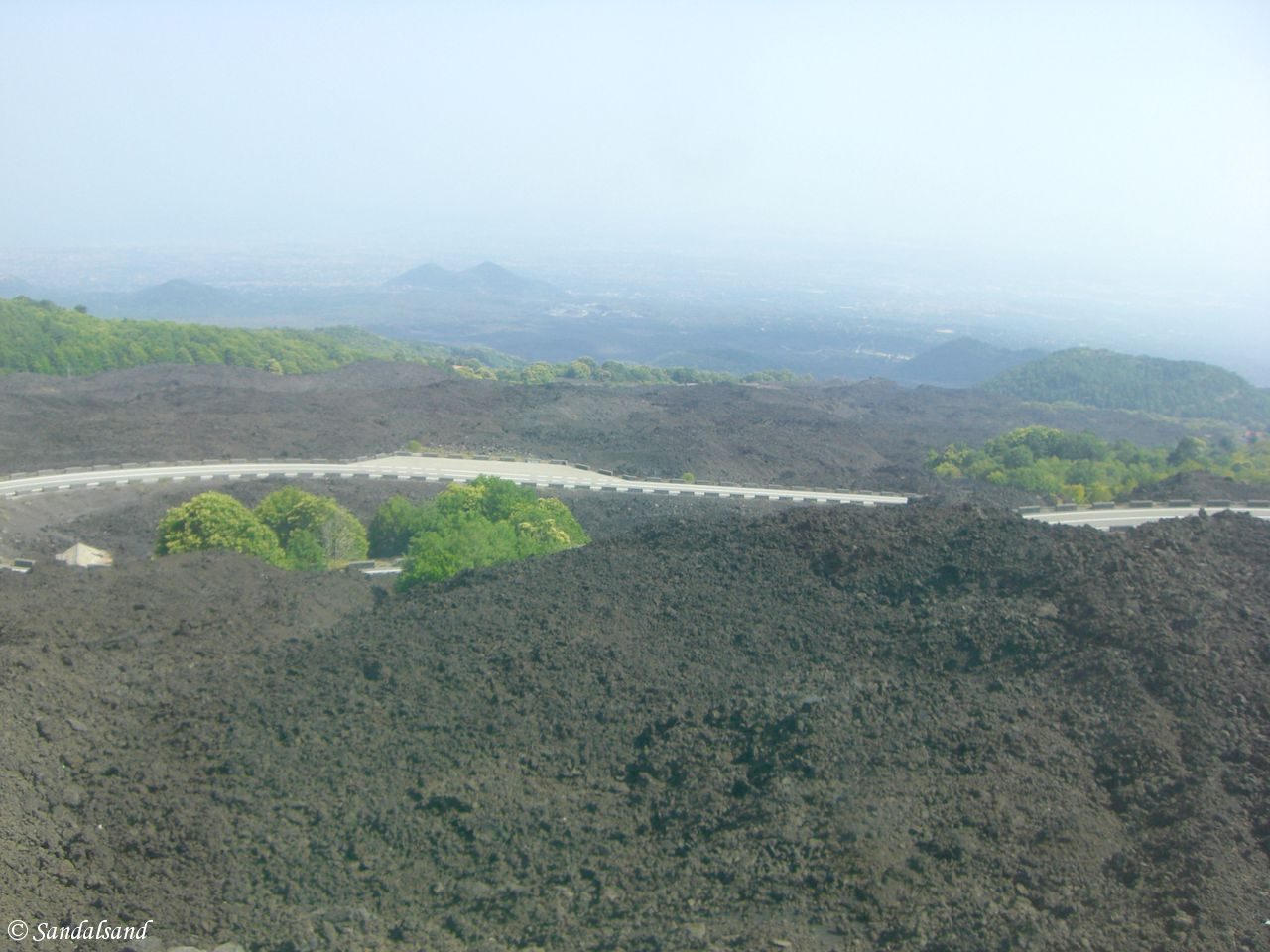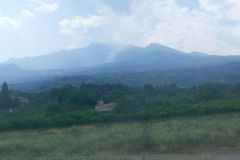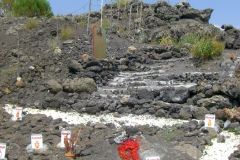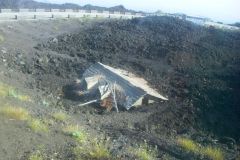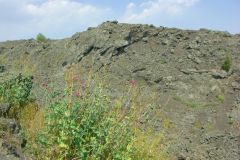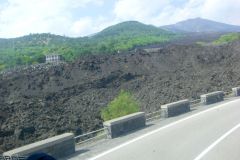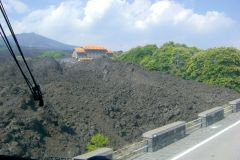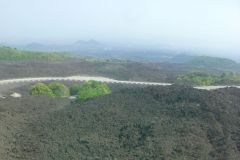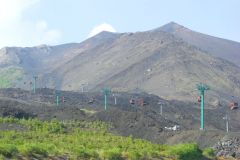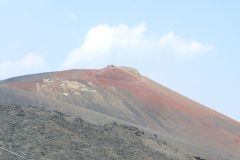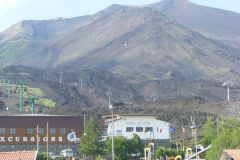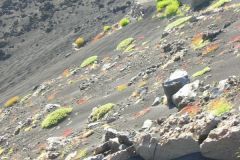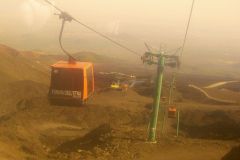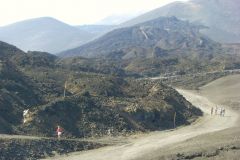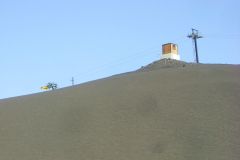There have been eruptions from the Sicilian volcano at Mount Etna for 500,000 years, and there was one on my visit as well.
The UNESCO World Heritage List includes more than a thousand properties with outstanding universal value. They are all part of the world’s cultural and natural heritage.
Official facts
- Country: Italy
- Date of Inscription: 2013
- Category: Natural site
UNESCO’s World Heritage Centre’s short description of site no. 1427:
“Mount Etna is an iconic site encompassing 19,237 uninhabited hectares on the highest part of Mount Etna, on the eastern coast of Sicily. Mount Etna is the highest Mediterranean island mountain and the most active stratovolcano in the world. The eruptive history of the volcano can be traced back 500,000 years and at least 2,700 years of this activity has been documented. The almost continuous eruptive activity of Mount Etna continues to influence volcanology, geophysics and other Earth science disciplines. The volcano also supports important terrestrial ecosystems including endemic flora and fauna and its activity makes it a natural laboratory for the study of ecological and biological processes. The diverse and accessible range of volcanic features such as summit craters, cinder cones, lava flows and the Valle de Bove depression have made the site a prime destination for research and education.”
My visit
I went on a single day side trip from Malta to Sicily and the beautiful village of Taormina, a world heritage coastal region, and to the erupting Etna volcano. Excerpt from my blog entry:
“Also very interesting was the route to Mount Etna, the only active volcano in Europe. It has quite frequently eruptions, some larger than others. There was actually an eruption when we were there. As we drove towards it we could see the fumes from near the summit, and also red flames coming up several places on the mountain sides.
The road up was zigzagging its way on the southern slopes of Etna, in a partially moon-like lava-dead landscape. We could see houses spared in the last big eruptions while neighbouring houses had been engulfed by the lava streams. I took a cable car the last bit, and hiked even further in the lava sand. I could have walked for a lot longer but the heat was taking its toll in the warm day, on black sand – and the fact that the bus was soon returning to the coast.
Returning to Pozzallo in the early evening we could easily see the red flames of exploding lava on Mount Etna when we looked back. ”
Read more about my visit.
About this series of blog entries.
Browse to the PREVIOUS or NEXT post in this series.
